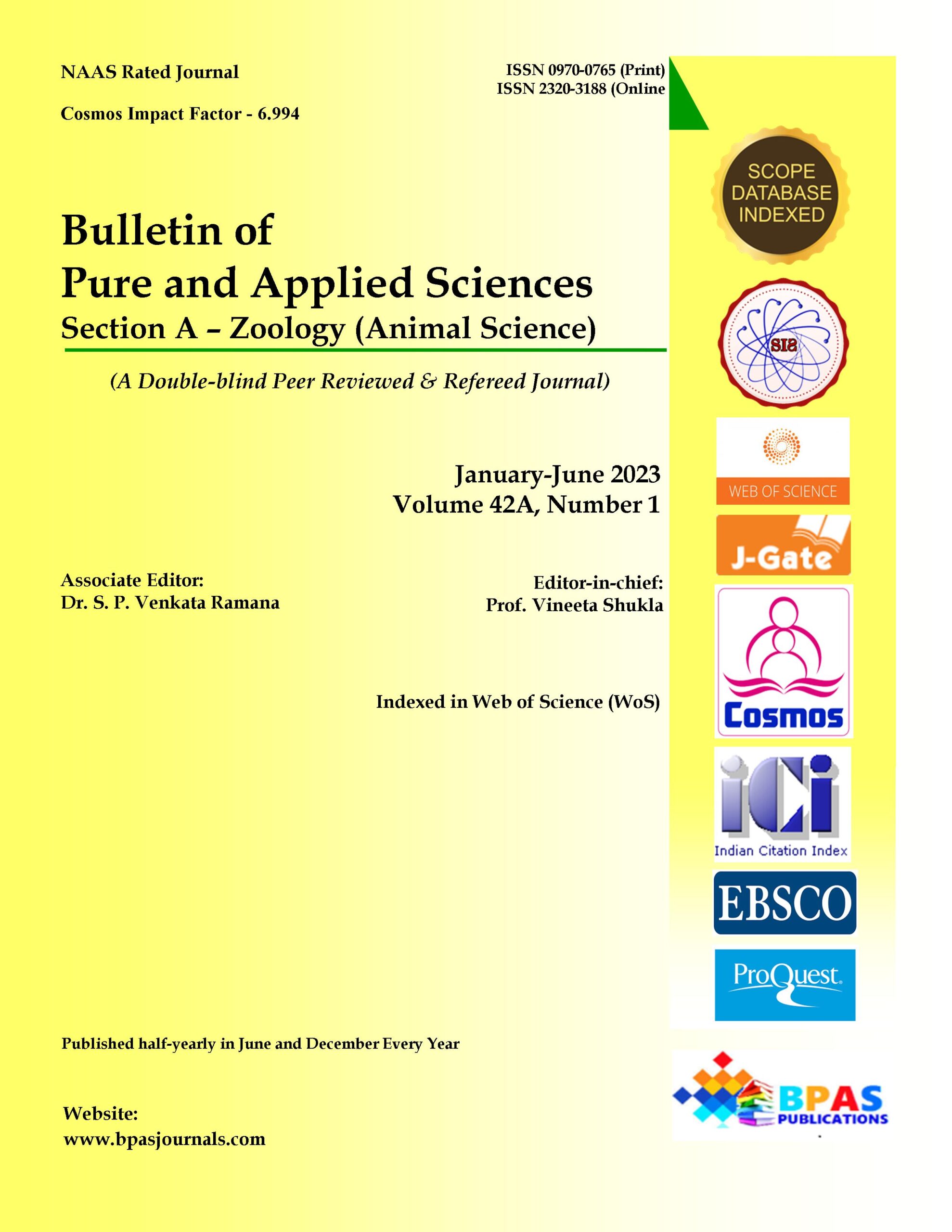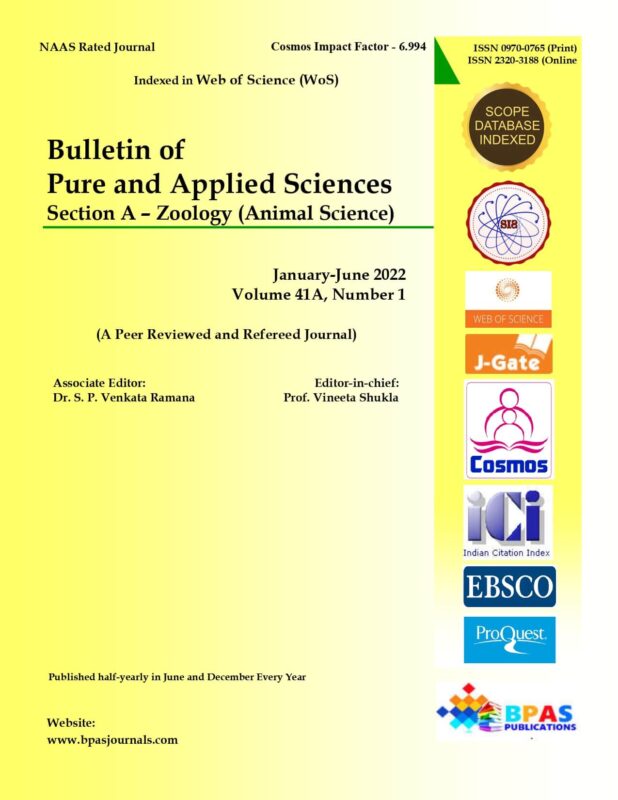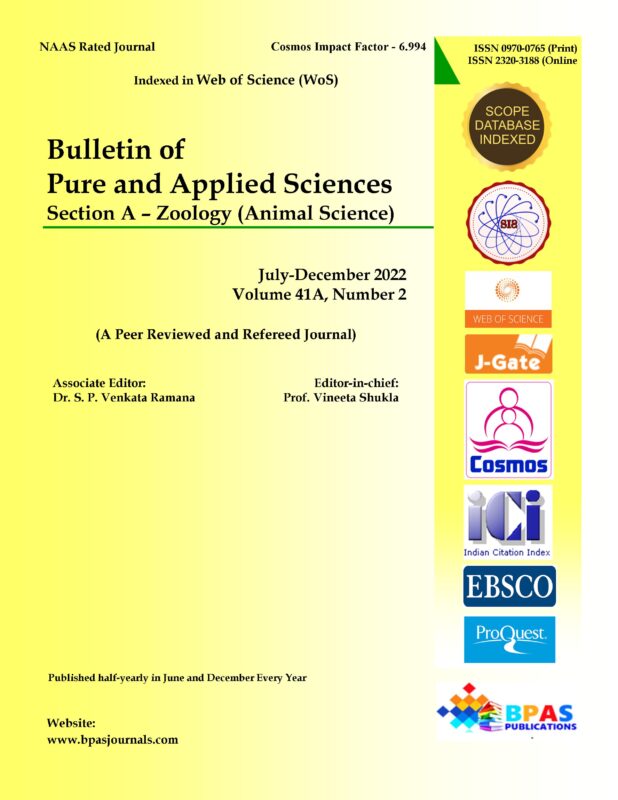Insulin resistance and Oxidant-Antioxidant Markers in Young Women with Polycystic Ovarian Syndrome
9.38$
Insulin resistance and Oxidant-Antioxidant Markers in Young Women with Polycystic Ovarian Syndrome
1Lakshmi K and 2Suttur S Malini*
Bulletin of Pure and Applied Sciences
Zoology (Animal Science), Vol.42A, No.1,
January-June 2023: P.106-116
DOI: 10.48165/bpas.2023.42A.1.9
Original Research Article
Description
Insulin resistance and Oxidant-Antioxidant Markers in Young Women with Polycystic Ovarian Syndrome
1Lakshmi K and 2Suttur S Malini*
| Author’s Affiliation:
1Ph. D Research scholar, Department of Studies in Zoology, University of Mysore, Manasagangotri, Mysuru, Karnataka 570006, India. E-mail: laksh.k.nayak666@gmail.com 2Professor and Chairperson, Department of Studies in Genetics and Genomics, University of Mysore, Manasagangothri, Mysuru, Karnataka 570006, India. E-mail: ssmalini25@gmail.com
|
| *Corresponding author:
Suttur S Malini, Professor and Chairperson, Department of Studies in Genetics and Genomics, University of Mysore, Manasagangothri, Mysuru, Karnataka 570006, India. E-mail: ssmalini25@gmail.com
|
| Article Info:
Received on 27.12.2022 Revised on 15.02.2023 Approved on 08.03.2023 Accepted on 18.03.2023 Published on 16.06.2023 |



